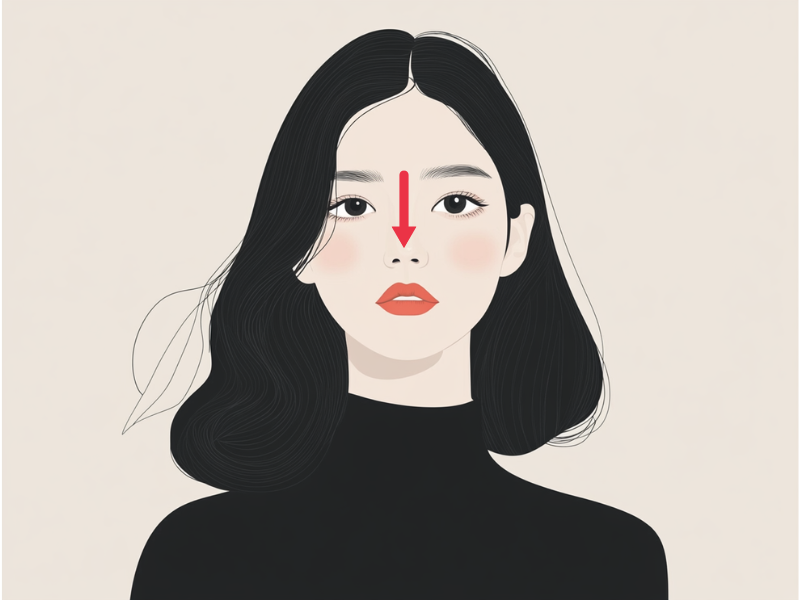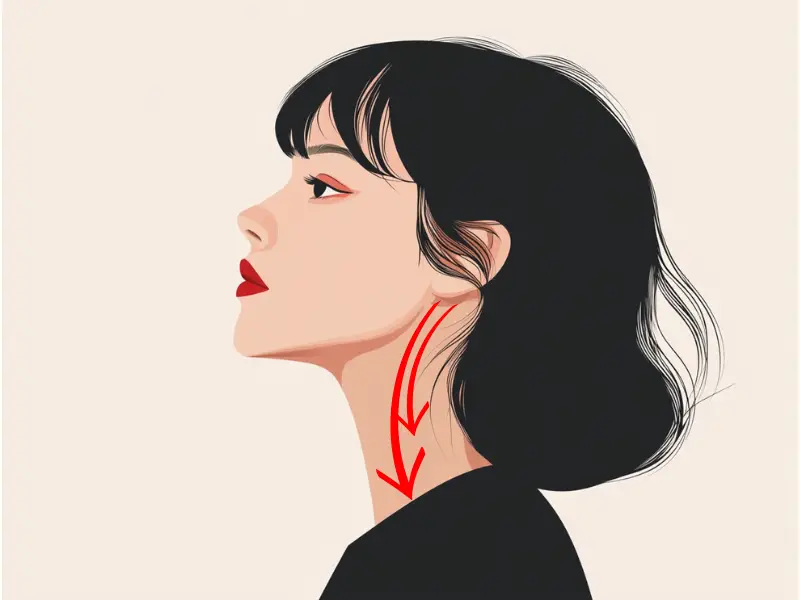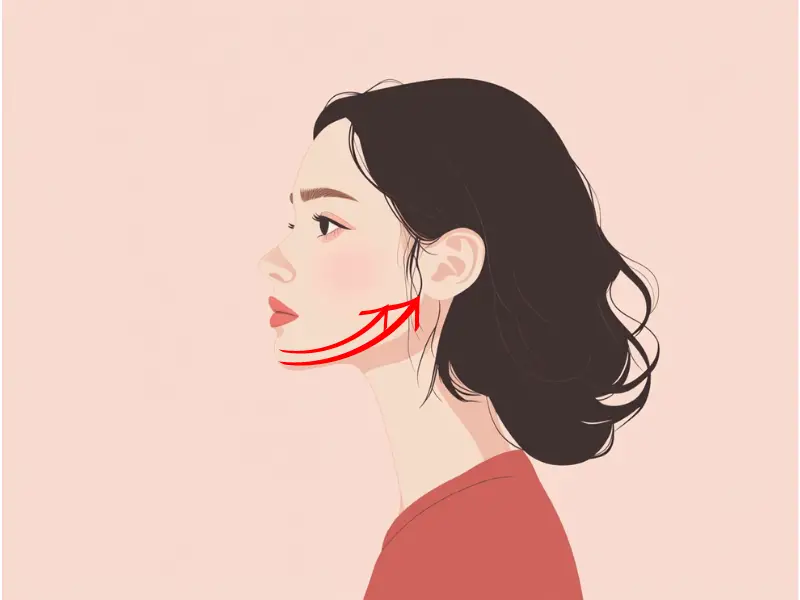Sinus pressure can be a frustrating and uncomfortable condition, often leading to headaches, facial pain, and a general feeling of congestion. While there are various treatments available, many people are turning to Traditional Chinese Medicine (TCM) techniques like gua sha for relief. Gua sha, a practice involving the scraping of the skin with a smooth tool, is known for its ability to improve circulation and alleviate pain. If you’re looking for a natural way to manage sinus pressure, consider these seven little-known gua sha techniques that can help ease your discomfort. For those new to gua sha, you may want to check out our basic guide on gua sha to get started.
1. Targeting the Brow Bone
One effective way to relieve sinus pressure with gua sha is by focusing on the brow bone area. The brow bone sits above your eyes and along your eyebrows, where sinus congestion can build up and cause headaches. Using a gua sha tool, gently scrape along the brow bone from the inner to the outer edge of your eyebrows. This technique helps to stimulate blood flow and lymphatic drainage, reducing the pressure in your frontal sinuses and easing tension headaches.
How to Perform This Technique:
- Hold the gua sha tool at a 15-degree angle to your skin.
- Apply light to medium pressure as you scrape outward along the brow bone.
- Repeat this motion 5-10 times on each side.

2. Working Along the Cheekbones
Another area to target for sinus pressure relief is the cheekbones. The maxillary sinuses, located in the cheek area, can become congested, leading to facial pain and pressure. By using gua sha along the cheekbones, you can promote drainage and reduce inflammation.
How to Perform This Technique:
- Start just beside the nostrils and move the gua sha tool outward towards the ears.
- Apply firm, steady pressure, and make sure to follow the natural contour of your cheekbones.
- Perform 5-10 strokes on each side for optimal results.

3. Focusing on the Bridge of the Nose
The bridge of the nose is a critical area for sinus pressure relief, especially if you experience congestion in the ethmoid and sphenoid sinuses. Gua sha on the nose bridge can help clear blockages and improve airflow through your nasal passages.
How to Perform This Technique:
- Begin at the top of the nose, between the eyebrows.
- Use a downward motion with the gua sha tool, moving towards the tip of the nose.
- Perform this stroke 5-7 times, applying gentle pressure to avoid irritation.

4. Scraping Down the Neck
While it might seem unrelated, the neck plays an essential role in sinus drainage. The lymph nodes in the neck help drain fluids from the face and sinuses. By using gua sha to scrape down the sides of your neck, you can encourage lymphatic flow and reduce sinus congestion.
Ms. Mai Sogawa, a senior TCM therapist, recommends performing gua sha after a bath when blood circulation is improved. For optimal results, she suggests doing it 2-3 times per week.
How to Perform This Technique:
- Start just below the ears and scrape down the sides of the neck towards the collarbones.
- Use light pressure and repeat the motion 7-10 times on each side.
- This technique is especially beneficial when combined with facial gua sha techniques.

5. Stimulating the Jawline
The jawline, particularly around the masseter muscle, can also hold tension that contributes to sinus pressure. Gua sha along the jawline can help relieve this tension, promote circulation, and alleviate associated sinus symptoms.
How to Perform This Technique:
- Start from the chin and move the gua sha tool along the jawline towards the ears.
- Apply moderate pressure, focusing on any areas of tightness.
- Repeat this motion 5-7 times on each side to release jaw tension.

6. Addressing the Temples
The temples are another key area where sinus pressure can accumulate, especially in cases of tension headaches. Gua sha on the temples can help release this pressure and provide relief from headaches and facial discomfort.
How to Perform This Technique:
- Use the flat edge of the gua sha tool to gently scrape in a circular motion on the temples.
- Apply light pressure to avoid bruising, as the skin here is more delicate.
- Perform this technique for about 30 seconds on each side.

7. Enhancing Results with Facial Oils
Using facial oils during gua sha can significantly enhance the effectiveness of the treatment. Oils help the gua sha tool glide smoothly over the skin, reducing friction and preventing irritation. Additionally, oils like lavender, eucalyptus, or peppermint have decongestant properties that can further help relieve sinus pressure.
According to Ms. Mai Sogawa, squalane or jojoba oil is ideal for sensitive or acne-prone skin, argan or jojoba oil for dry skin, and grapeseed or jojoba oil for oily skin.
How to Incorporate Oils:
- Apply a few drops of your preferred facial oil to clean skin before starting gua sha.
- Ensure the oil is fully absorbed, but still allows for smooth movement of the tool.
- Proceed with your chosen gua sha techniques, enjoying the added benefits of the oils.
By incorporating these lesser-known gua sha techniques into your routine, you can find natural relief from sinus pressure and enjoy a more comfortable, congestion-free day. Remember, consistency is key, so consider making gua sha a regular part of your self-care routine to maintain sinus health over the long term.

Try our Anti-Aging Gua Sha Tool designed to bring out your skin’s natural glow.
Best Gua Sha Product- Anti-Aging: The tool is designed to target 11 specific aging signs such as wrinkles and sagging skin. By following the 7-step routine, users can improve skin firmness and reduce fine lines naturally.
- Enhances Skincare Routine: It works effectively with serums and lotions, boosting absorption and efficacy of skincare products.
- Visible Skin Improvement: Users can expect a smoother complexion, reduced puffiness, and a more youthful appearance.
 P. Sze
P. Sze 
















